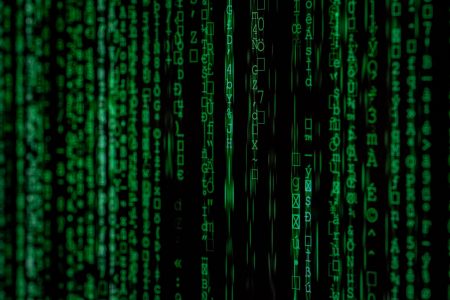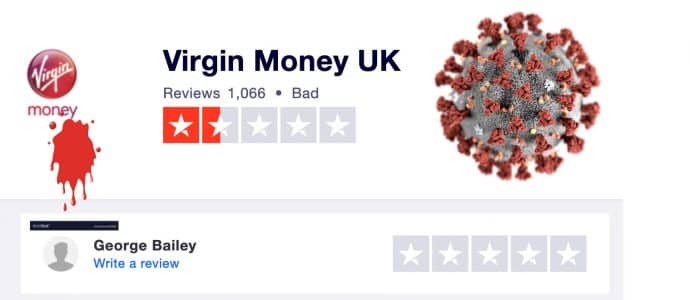The New Age of Virus - Dispatch Weekly
September 28, 2018 - Reading time: 4 minutes

A computer virus is a malicious program that injects its code into other programs and changes how a computer works as the virus spreads. These changes perform mischievous actions on a system without the user’s knowledge while infecting them in the process.
The first computer virus was developed over 30 years ago by two brothers from Pakistan, Amjad Farooq Alvi and Basit Farooq Alvi. The virus was called “Brain” and it was a boot sector virus, however, it didn’t cause any major damage. During this period, viruses were more experimental than intentional attempt to cause havoc.
Viruses have really taken off in this age with the boom in computer users across the globe along with the rise of the internet. Today, they are one of the most potent threats to computers as they reproduce as fast as possible, infecting your machine and causing severe destruction. One of the ways they’ve been used for recently is to steal or infect vast amounts of information or data, slowing down your computer speed by eating up system resources.
Viruses are also known as “malwares”. There are other types of malwares that can dangerously infect your computer system.

Adware – This is the most common type of malware, designed to run under the radar of users not looking for it. Generally, it disrupts your system so more ads appear on the websites the user visits, search engines will be changed and sometimes, annoying ads will pop up on your desktop. Adware usually creeps into users system when they install free software without being vigilant or making sure it is safe to do so. A good way to avoid this is to uncheck any boxes that requests permission to install additional software.
Spyware – Spyware is designed to spy on you and all your activities on your computer. Although it isn’t illegal or malicious, it gathers data and personal details like browsing choices and history, purchase decisions, etc. It is usually used to generate information about a user which is then sold to marketers or sales people alike. Luckily, it’s easy to detect and remove; several modern antiviruses like McAfee can help block access to all programs unless the user allows it.
Trojan – The Trojan malware represents itself as a useful program but holds a malicious payload inside it. It is one of the most common ways to infect a computer with malware and it’s also one of the most dangerous because it is used to deliver other types of malwares like ransomeware, keyloggers and many more. It is usually one of the first things antiviruses look for and the best way to avoid being infected is not to download any programs you are not sure of.
Phishing – Technically, phishing is not a form of malware but it is a significant threat to cybersecurity in general. Phishing scams occur when a user is contacted by someone via email, text message or phone, disguising as a bank, credit card company or insurance agency, asking you to provide sensitive and personal information. The aim is to trick a user into clicking on an infected URL and entering sensitive information like username, password or credit card pin number. The best way to avoid this scam is not to share or enter any sensitive information unless you are absolutely sure the URL is legitimate.

DW Staff
David Lintott is the Editor-in-Chief, leading our team of talented freelance journalists. He specializes in covering culture, sport, and society. Originally from the decaying seaside town of Eastbourne, he attributes his insightful world-weariness to his roots in this unique setting.




